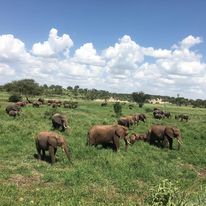What To Pack For Kilimanjaro
Climbing Mount Kili is a rigorous adventure; knowing the ultimate packing list for the Kilimanjaro climb will significantly help.
If you’re looking for a reliable packing list for your Climb Up Mount Kilimanjaro, you’ve landed in the right place. Our comprehensive list will help you prepare.
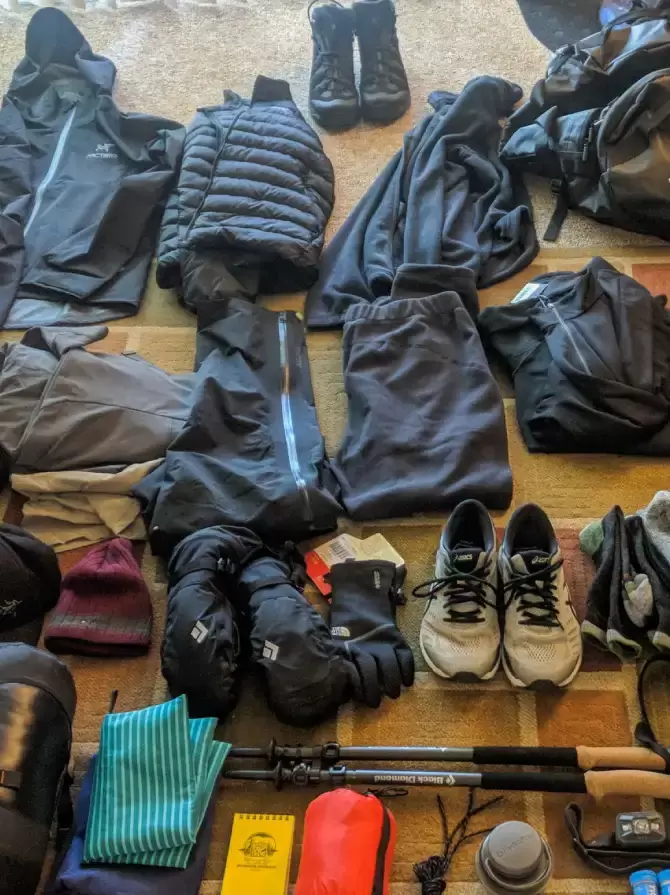
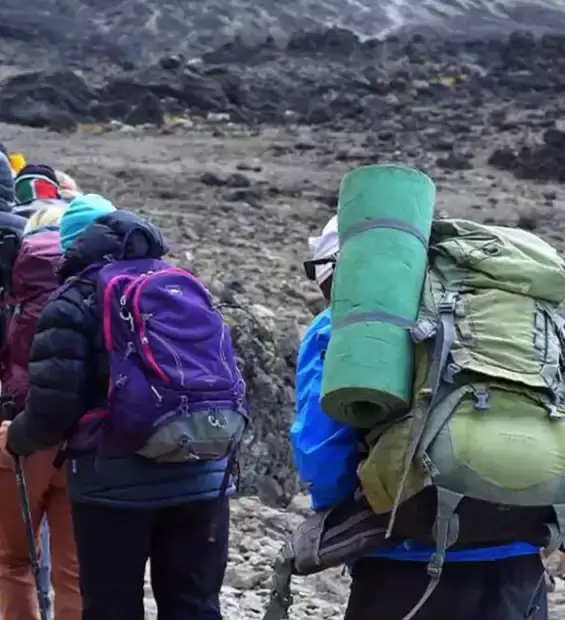
What to Pack for Climb Mount Kilimanjaro
If you are preparing to climb Mount Kilimanjaro, then you should choose high-quality gear.
Hiking Boots (we recommend breaking them in on some hikes before arrival, to avoid blisters)
Wool socks (Smartwool or other brand hiking socks that are breathable are ideal. NOT Cotton)
Camp shoes (something comfortable to wear around the camps in the evening after a long day of trekking)
Rain jacket and pants (even in the dry season you may experience showers in the rainforests on your first day of trekking)
Layers: quick-drying athletic tops, long-sleeved fleece for cool evenings
Thermal underwear for sleeping and the ascent, as you trek through arctic conditions
A quality hiking pack with a raincover
Water bladder and additional reusable water bottle (we will provide drinking water throughout the trek)
Warm jacket/coat for summit
Warm hat and gloves/mittens
Trekking poles
head lamp (with extra batteries)
power bank or solar charger for phone/camera/ect
Considerations Before Kilimanjaro Packing List
Pack moisture-wicking base layers, insulating mid-layers, and a waterproof outer layer to adapt to varying temperatures and weather.
We recommend having at least 3 sets of hiking pants and 4 base layers, 2 insulating mid-layers and 5 or more pairs of hiking socks.
Bring well-broken-in hiking boots and quality, breathable socks prevent blisters and keep your feet comfortable.
A quality sleeping bag rated for sub-zero temperatures and a lightweight, compact sleeping mat are essential.
If you prefer to rent your sleeping items on-location, please contact us in advance so we can arrange this for you (additional cost for rentals).
Use a hydration bladder and opt for reusable water bottles. We provide all drinking water for the duration of the trek.
There are no electric outlets on Mount Kilimanjaro, so be prepared to charge your devices with a power bank or solar charger.
Remember, the final ascent is a night climb, so you will need a headlamp. Since you will have also used this headlamp on the successive nights of the climb, it is advised to have back-up batteries to make sure you have enough light for the summit.
We also recommend carrying your camera or phone inside your jacket for the ascent, so that your body heat can prevent damage to the battery, which can happen in the extreme cold.
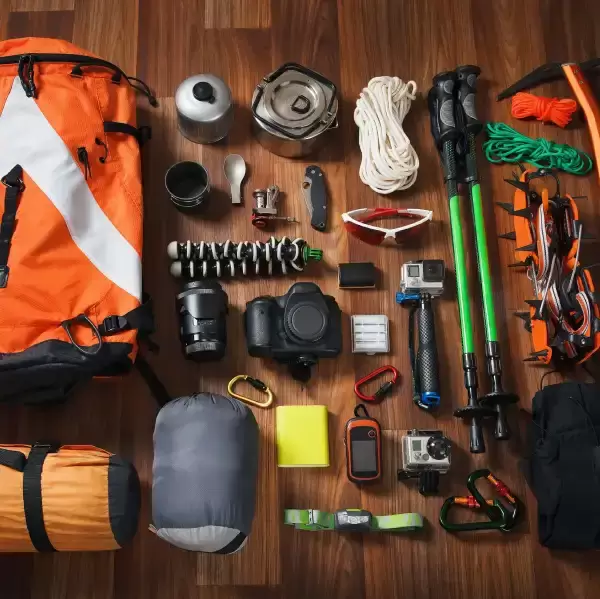
Have questions?
Get in touch!
Experience the epitome of luxury with our tailor-made holidays, crafted exclusively for you. Every detail of your bespoke escape is thoughtfully curated to match your unique preferences. Book your dream getaway today and indulge in unparalleled elegance and comfort.
Travel Guide To Kilimanjaro
When To Climb
The best time to climb Mount Kilimanjaro is during the dry season. Read More
Is Climbing Safe?
Only certified mountain guides with wilderness first aid training lead our treks. We are serious about safety and we prioritize good acclimatization for every trek.
What to Pack?
And, what you can rent on-location in Tanzania! No need to bring your own tent or trekking poles, we’ve got you covered.
How much does a Kilii Climb cost?
The average Kilimanjaro Climb ranges from $1500 to $5000 or more, depending on factors like group size, route, duration, and services.
Our Travellers Reviews
Outstanding tour operator
I can't say enough good things about Bryson and Petit Maasai. Bryson handled our last-minute trip to Tanzania like he'd been working on it for months instead of a handful of days after we connected about a week before our family arrived.Awsome
Exciting trip!!! Bryson made a private tour with masai mbome & we had a rest in mountains near Ngorongoro - everything was awsome!!! Morevover, all of our individual things we re made with great discount!Mike is great ranger too!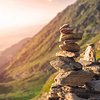
Kilimanjaro With Petit Maasai safaris- 5 stars!!!
We book 7 days Kilimanjaro with Petit Maasai safaris after having the safari with another company and we made it with a brilliant guide to the summit. We took the Lemosho route, starting in the rain forest and approached the camp via various tents campsites.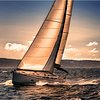
A great experience!
We did a safari in the northern parks of Tanzania with Petit Maasai Safaris and it was a great experience! The guide and the cook were really professional and nice with us, trying to make us feel comfortable and to satisfy our requests. Thanks a lot!